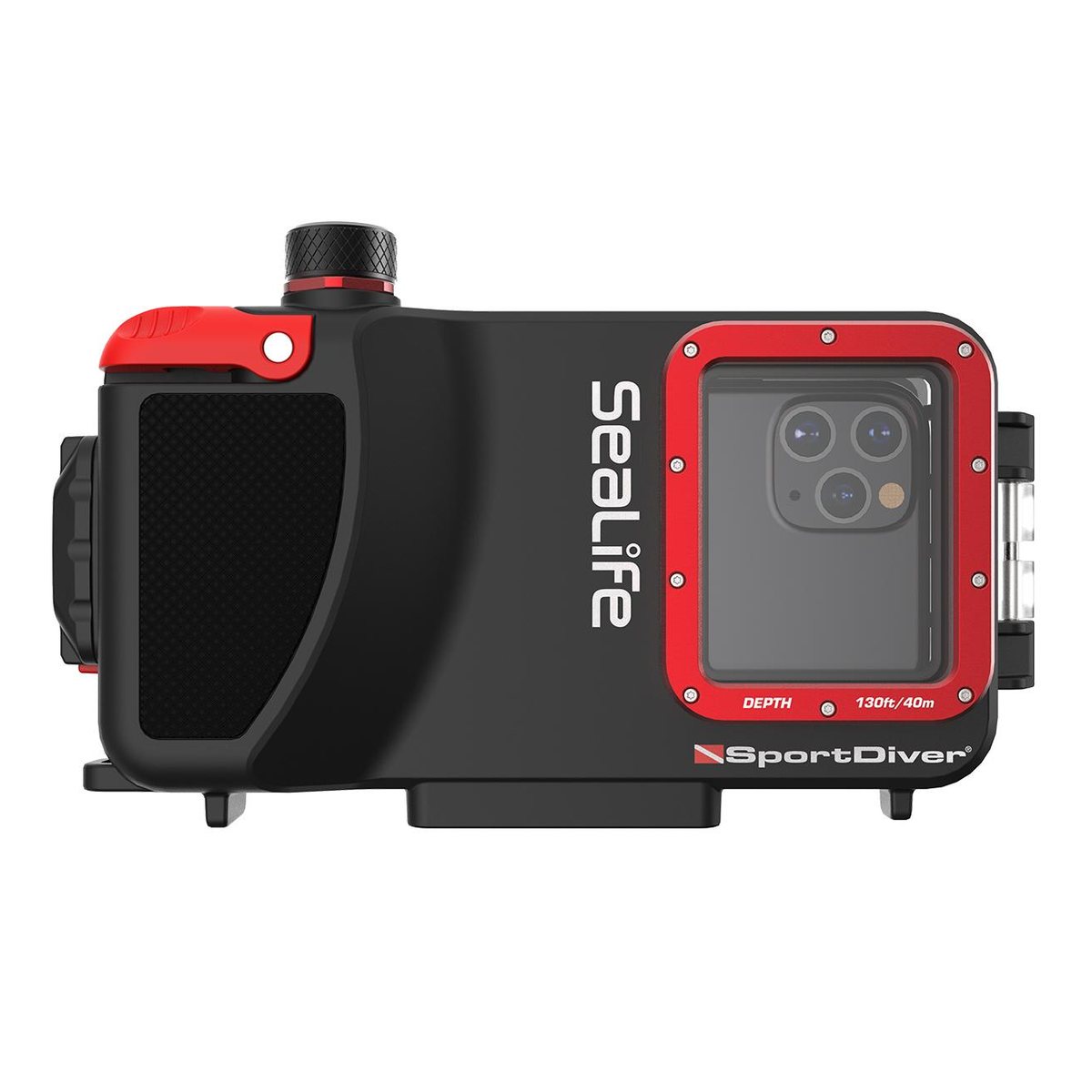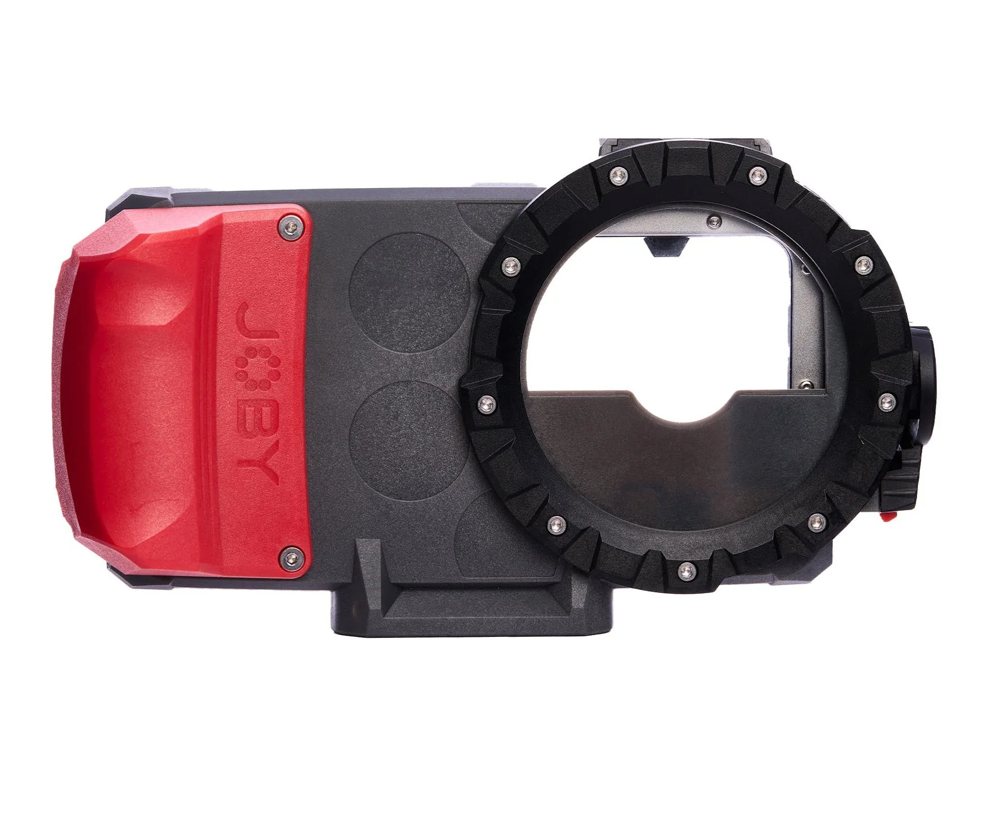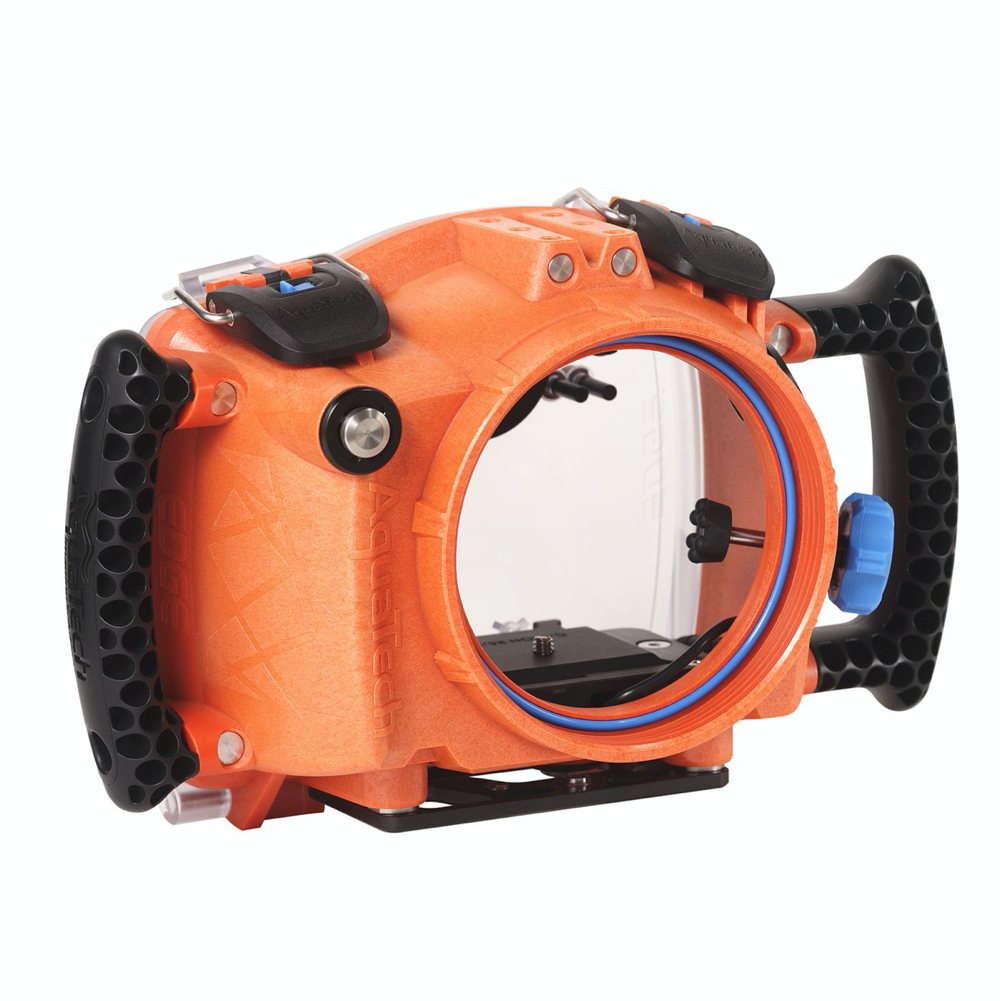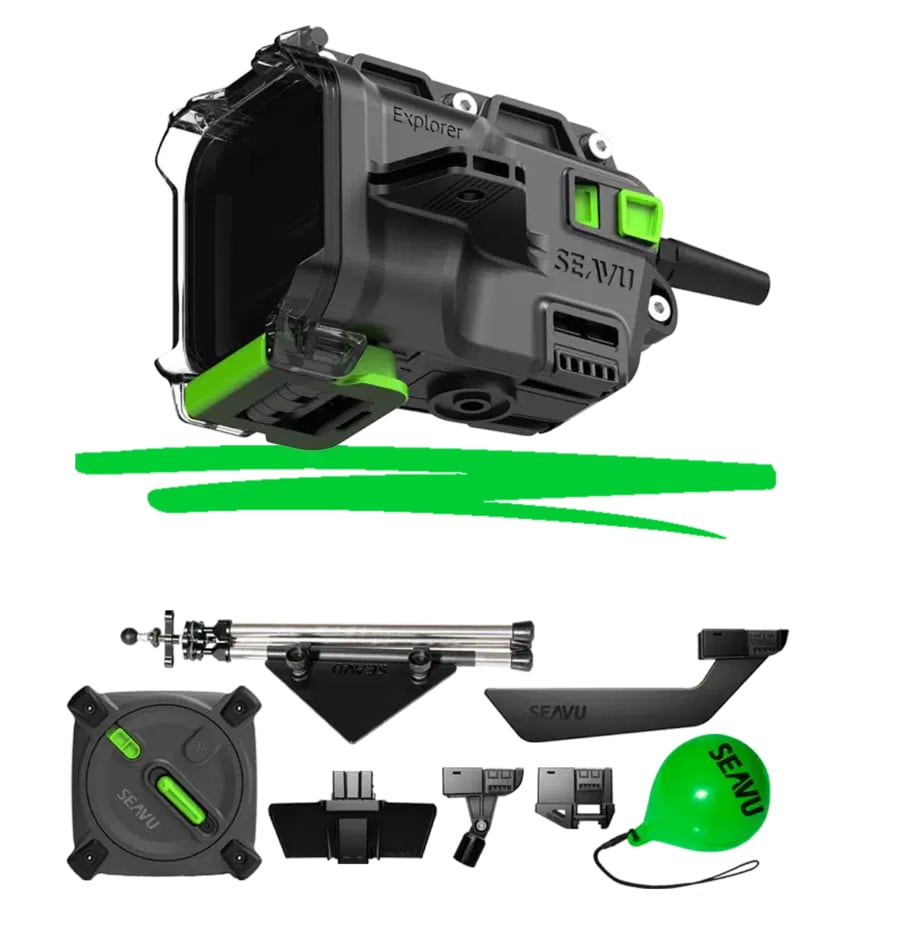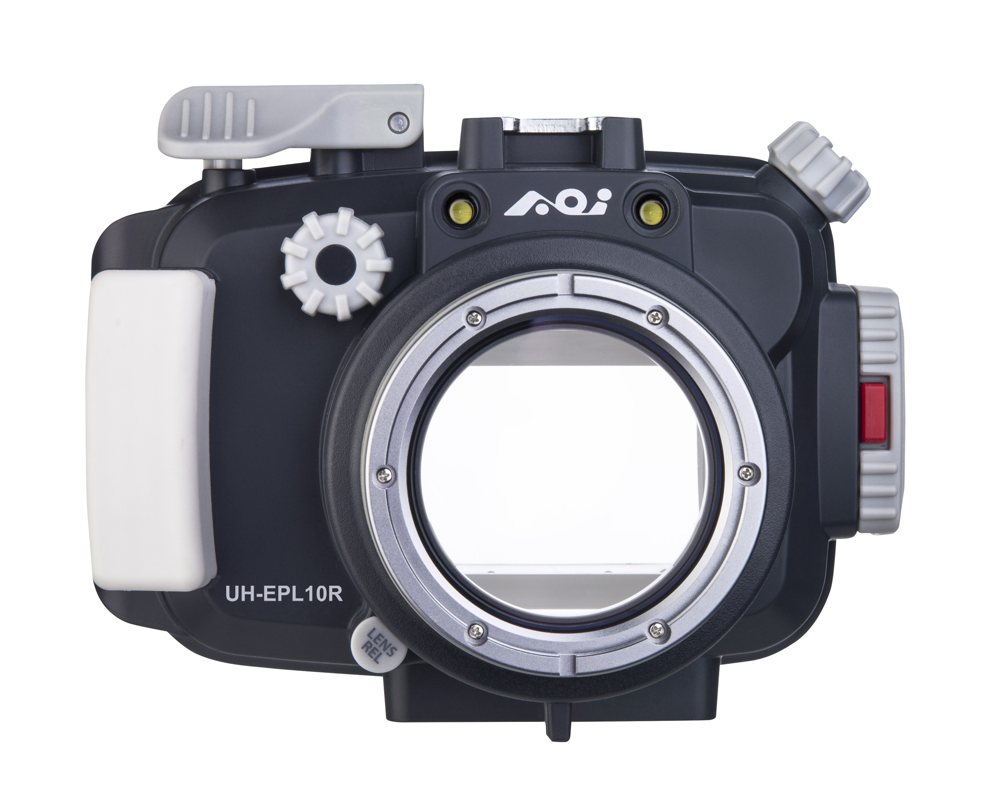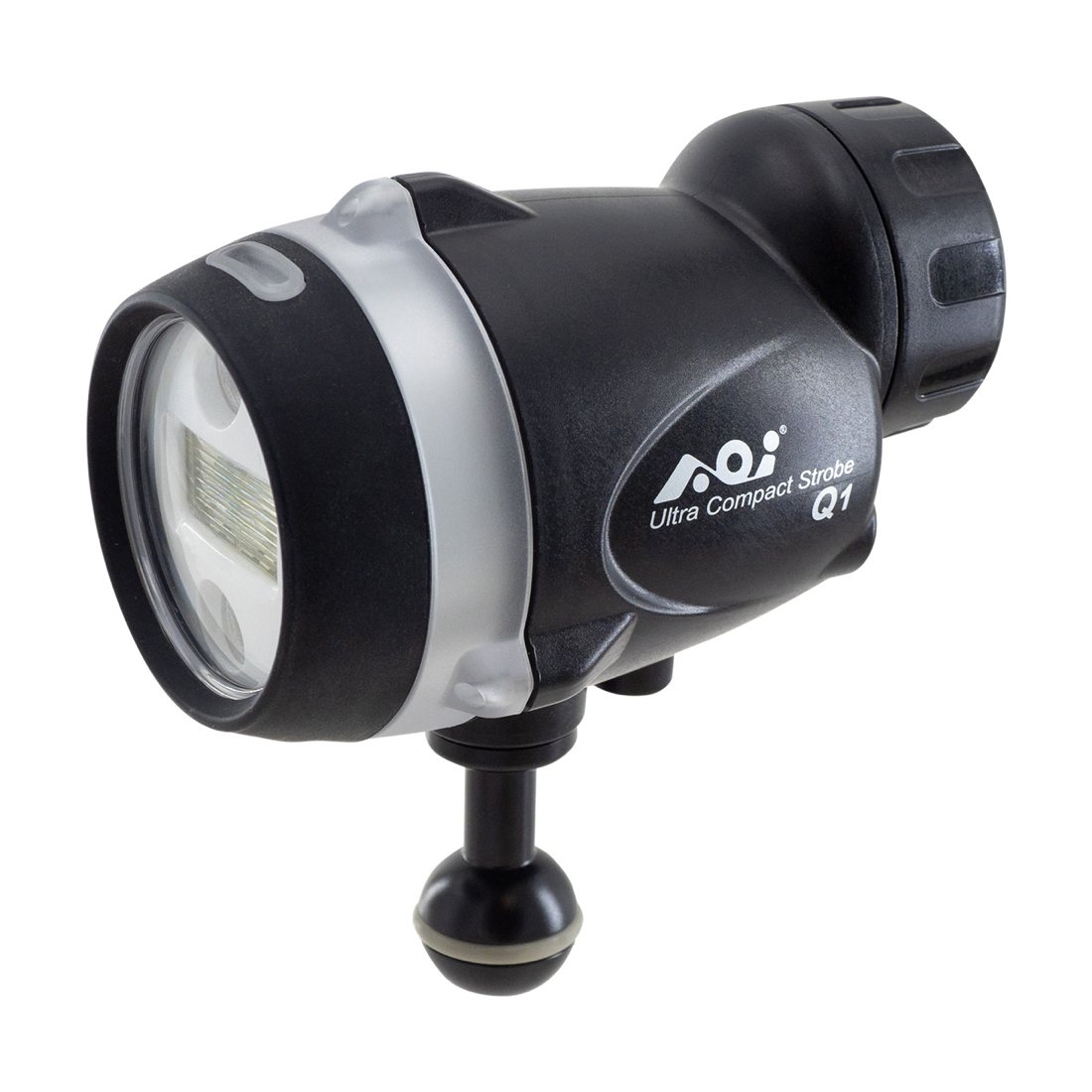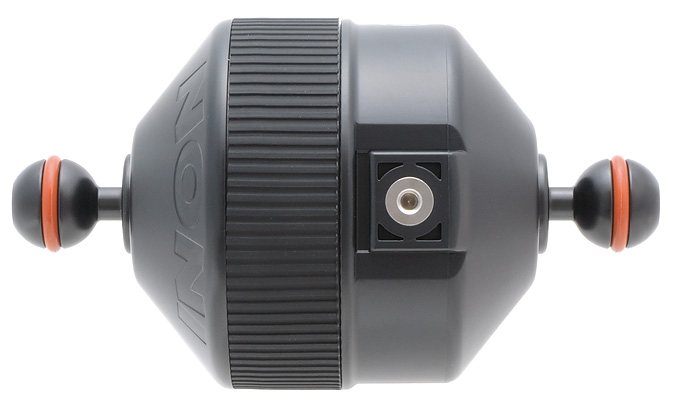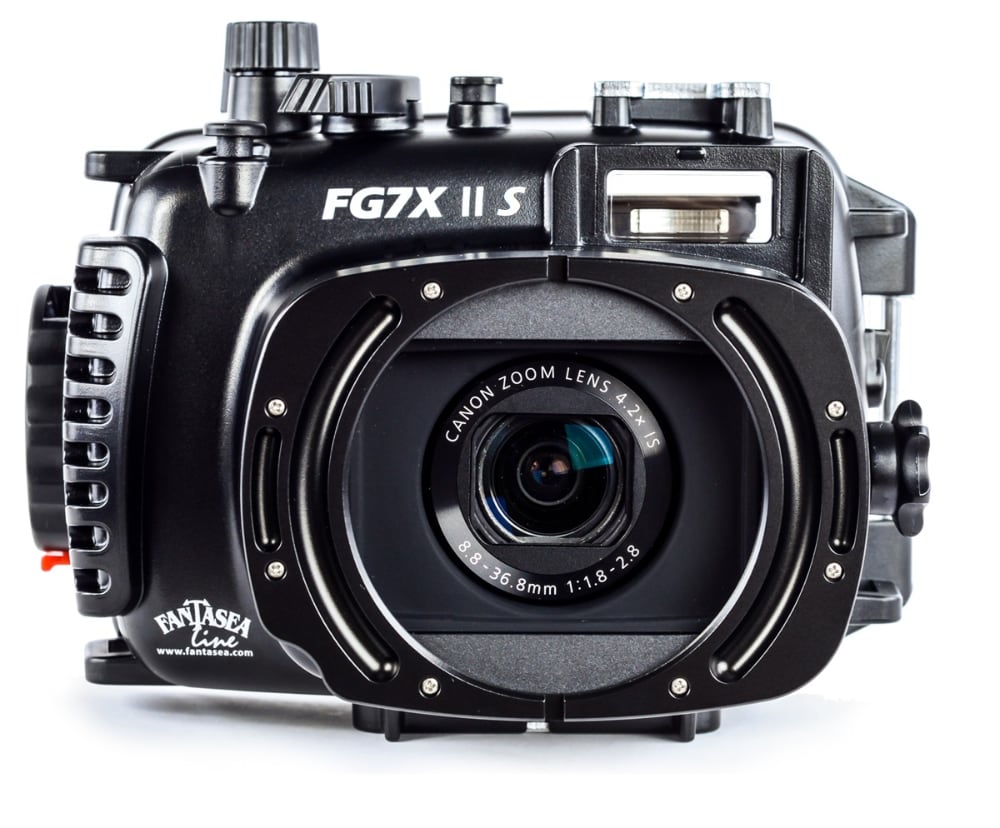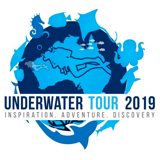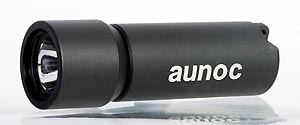- Home
- Directory
- Shop
- Underwater Cameras - Photographic Accessories
- Smartphone Housings
- Sea Scooters
- Hookah Dive Systems
- Underwater Metal Detectors
- Dive Gear
- Dive Accessories
- Diving DVD & Blu-Ray Discs
- Diving Books
- Underwater Drones
- Drones
- Subscriptions - Magazines
- Protective Cases
- Corrective Lenses
- Dive Wear
- Underwater Membership
- Assistive Technology - NDIS
- On Sale
- Underwater Gift Cards
- Underwater Art
- Power Stations
- Underwater Bargain Bin
- Brands
- 10bar
- AirBuddy
- Akona
- AOI
- Apollo
- AquaTech
- Atomic Aquatics
- aunoc
- AxisGo
- Backscatter Underwater Video and Photo
- BLU3
- Buddy-Watcher
- Cayago
- Chasing
- Cinebags
- Contour
- Deepblue
- Devilite
- Digipower
- DJI
- Dyron
- Edge Smart Drive
- Eneloop
- Energizer
- Exotech Innovations
- Fantasea
- FiiK Elektric Skateboards
- Garmin
- Geneinno
- GoPro
- Hagul
- Hoverstar
- Hydro Sapiens
- Hydrotac
- Ikelite
- Indigo Industries
- Inon
- Insta360
- Intova
- Isotta Housings
- Jobe
- JOBY
- Kraken Sports
- LEFEET
- Marelux
- Mirage Dive
- Nautica Seascooters
- Nautilus Lifeline
- NautiSmart
- Nitecore
- Nocturnal Lights
- Nokta Makro
- Ocean Guardian
- Oceanic
- Olympus
- OM System
- Overboard
- Paralenz
- PowerDive
- QYSEA
- Ratio Dive Computers
- Scubajet
- Scubalamp
- Sea & Sea
- SeaDoo Seascooter
- SeaLife
- Seashell
- Seavu
- Shark Shield
- Sherwood Scuba
- Spare Air
- StickTite
- StormCase
- Sublue
- Suunto
- SwellPro
- T-HOUSING
- Tusa
- U.N Photographics
- Venture Heat
- XTAR
- Yamaha Seascooter
- Youcan Robot
- Zcifi
Gallery - Papua New Guinea
 Towering mountain peaks, lush, fertile valleys, golden beaches, sparkling coral islands and some of the best diving locations in the world. Papua New Guinea is a country of wild beauty, of breathtaking landscapes and fascinating flora and fauna.
Towering mountain peaks, lush, fertile valleys, golden beaches, sparkling coral islands and some of the best diving locations in the world. Papua New Guinea is a country of wild beauty, of breathtaking landscapes and fascinating flora and fauna.
View by Region

Goby Silhouette
by MichaelG
Whip Coral Goby at Milne Bay, Papua New Guinea. Canon 50D with 60mm lens in Hugyfot housing with dual Ikelite DS125s.
Photocomp March '12 - Open

Anemone Shrimp
by RichardW
This is an Anemone Shrimp taken with a Nikonas 5 with SB105 strobe and an extension tube with Ectachrome 100 slide film. New Britain, Papua New Guinea.
Photocomp August '11 - Open

Pygmy Sea horse
by AndrewM
A pygmy seahorse taken at Lisenung Island, Papua New Guinea.
Photocomp February '11 - Open

Ugly Beauty
Rhinopias aphanes - Crinoid City, Milne Bay, Papua New Guinea. Nikon D70, 105mm Macro f16 1/200 Sec.
Photocomp September '10 - Open

Hawkfish
A Long-nose Hawkfish on the watch at Kavieng, Papua New Guinea.
Photocomp August '10 - Open

Nudibranchs Mating
by MichaelG
Nudibranchs mating at Milne Bay, Papua New Guinea.
Photocomp May '10 - Open

Spearing Mantis Shrimp
by MichaelG
Spearing Mantis Shrimp at Milne Bay, Papua New Guinea.
Photocomp May '10 - Open

Pygmy Seahorse
by MichaelG
Pygmy Seahorse at Milne Bay, Papua New Guinea.
Photocomp April '10 - Open

Juvenile Sweetlip
by MichaelG
Juvenile Sweetlip at Milne Bay, Papua New Guinea.
Photocomp April '10 - Open
Shopfront
-
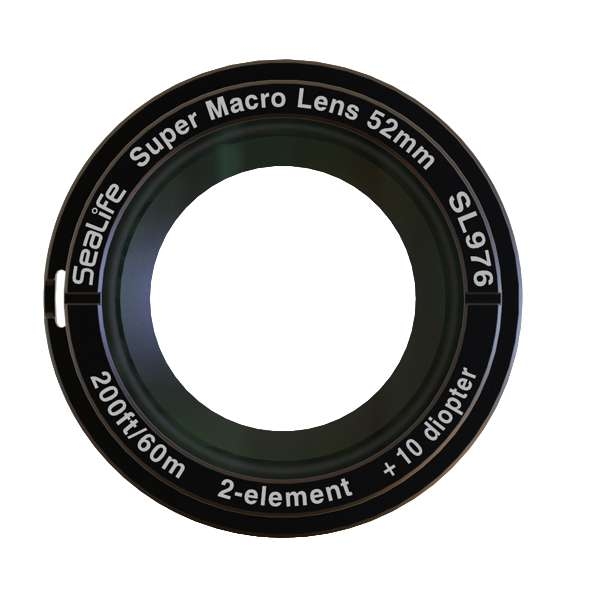 Sealife DC-Series Super Macro Lens
Sealife DC-Series Super Macro Lens
- Price A$ 229.00
-
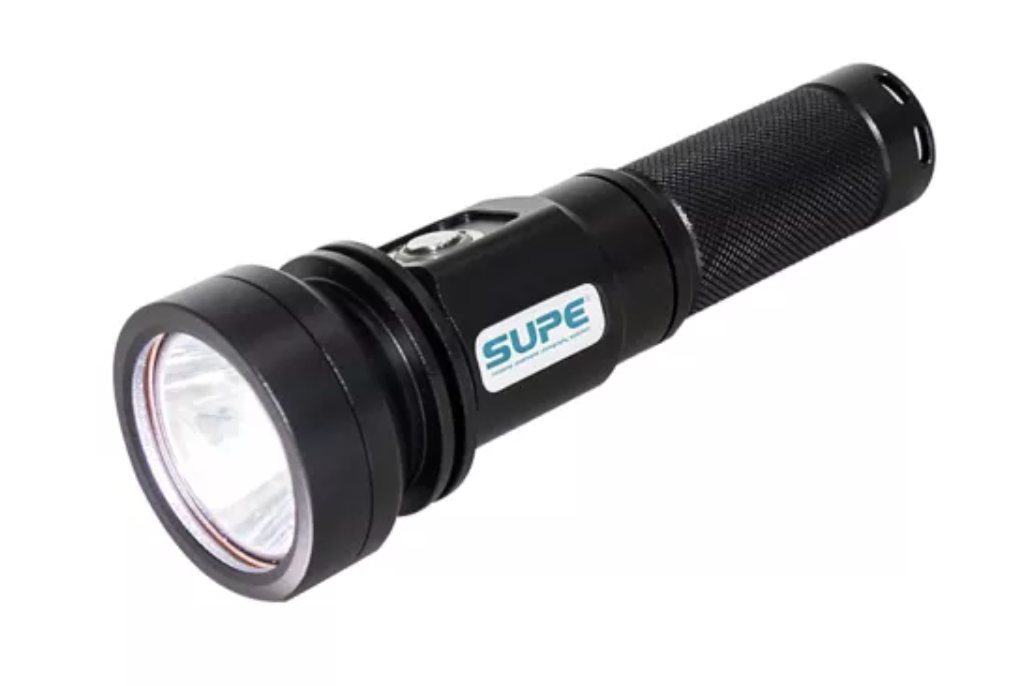 SUPE Scubalamp RD92 LED Recreational Diving Torch - 2000 lumens
SUPE Scubalamp RD92 LED Recreational Diving Torch - 2000 lumens
- Price A$ 189.00
-
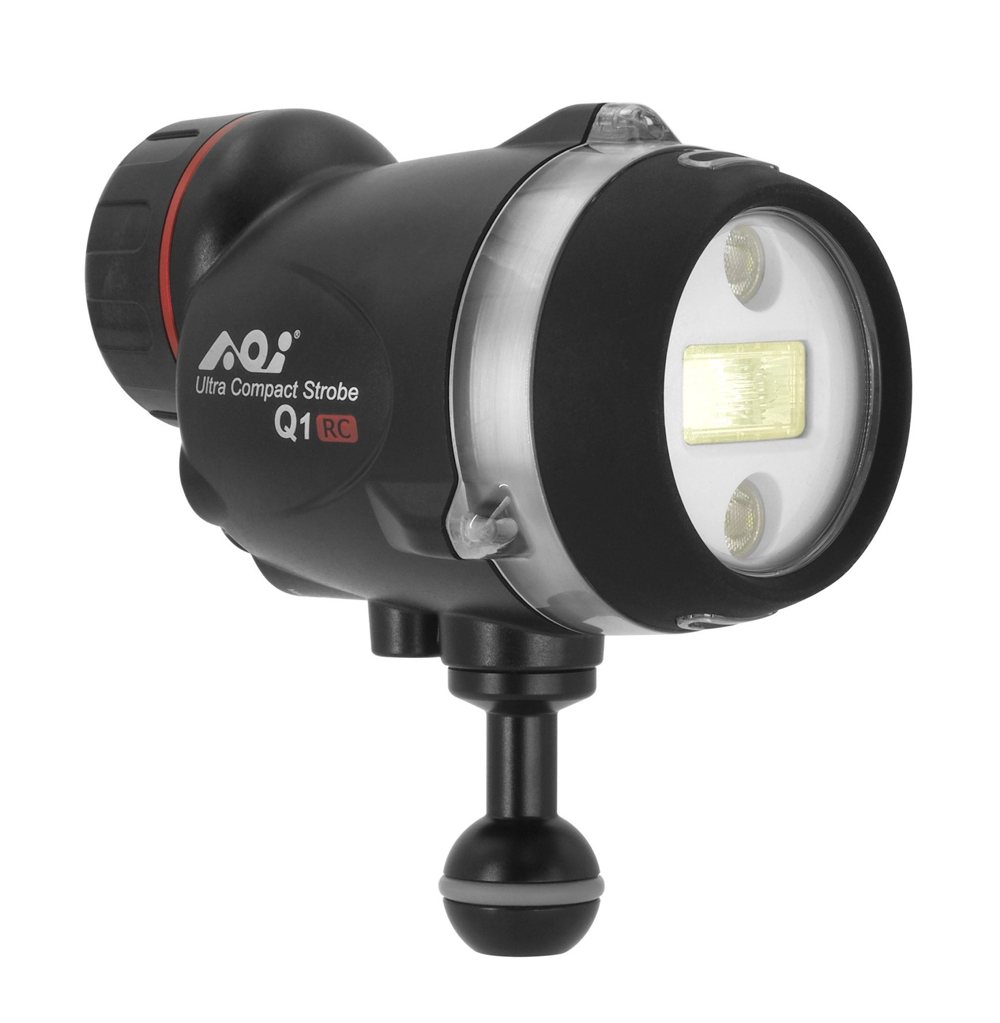 AOI UCS-Q1RC Ultra Compact Strobe Q1 with Olympus RC Mode
AOI UCS-Q1RC Ultra Compact Strobe Q1 with Olympus RC Mode
- Price A$ 649.00
-
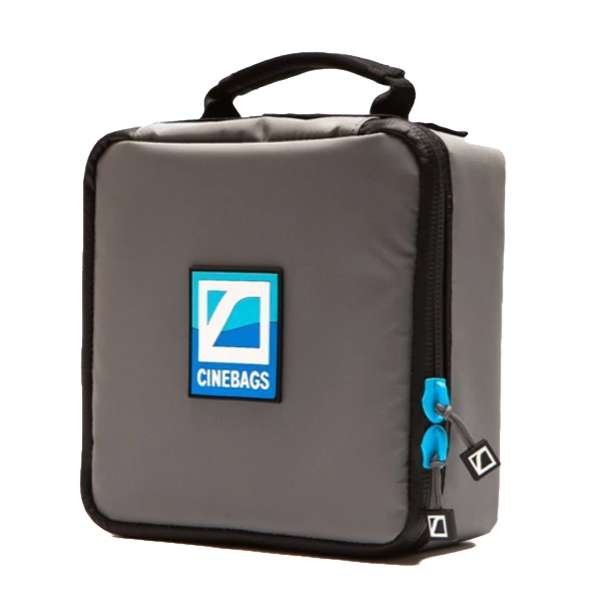 CineBags - CB74 Dome Port Case
CineBags - CB74 Dome Port Case
- Price A$ 123.95
-
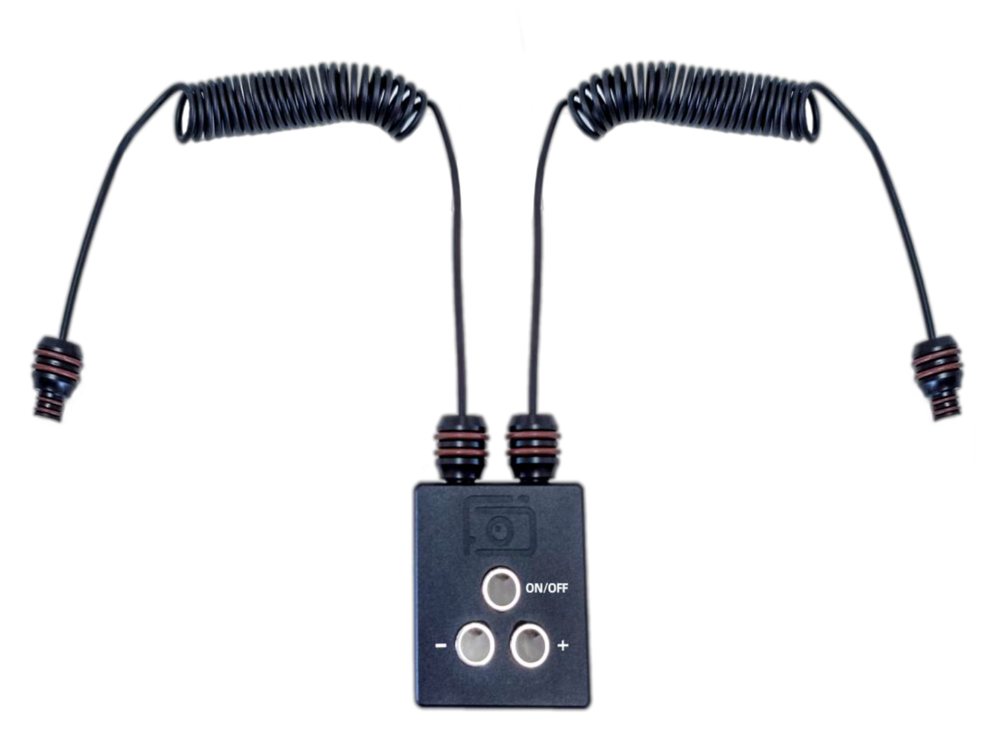 Scubalamp Remote Control
Scubalamp Remote Control
- Price A$ 99.00
-
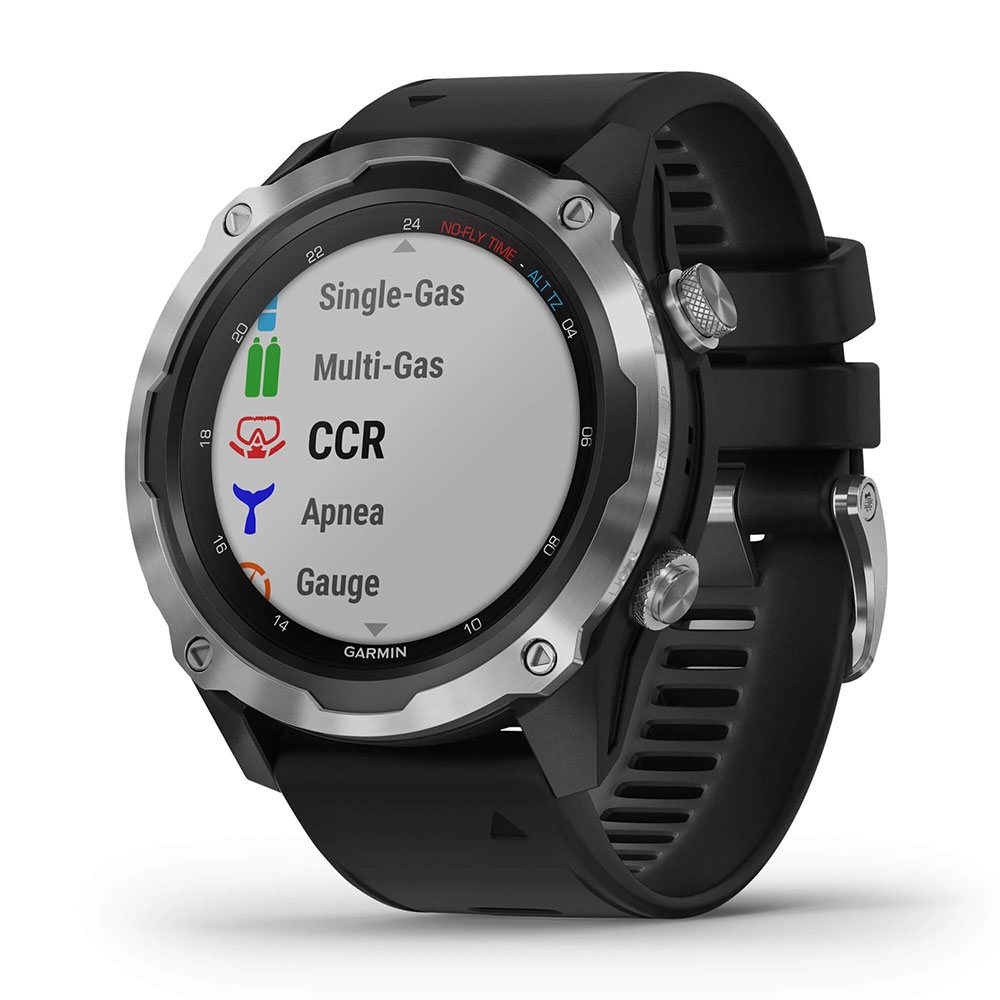 Garmin Descent Mk2 Watch Dive Computer - Stainless Steel - Black Band
Garmin Descent Mk2 Watch Dive Computer - Stainless Steel - Black Band
- Price A$ 2,039.00
-
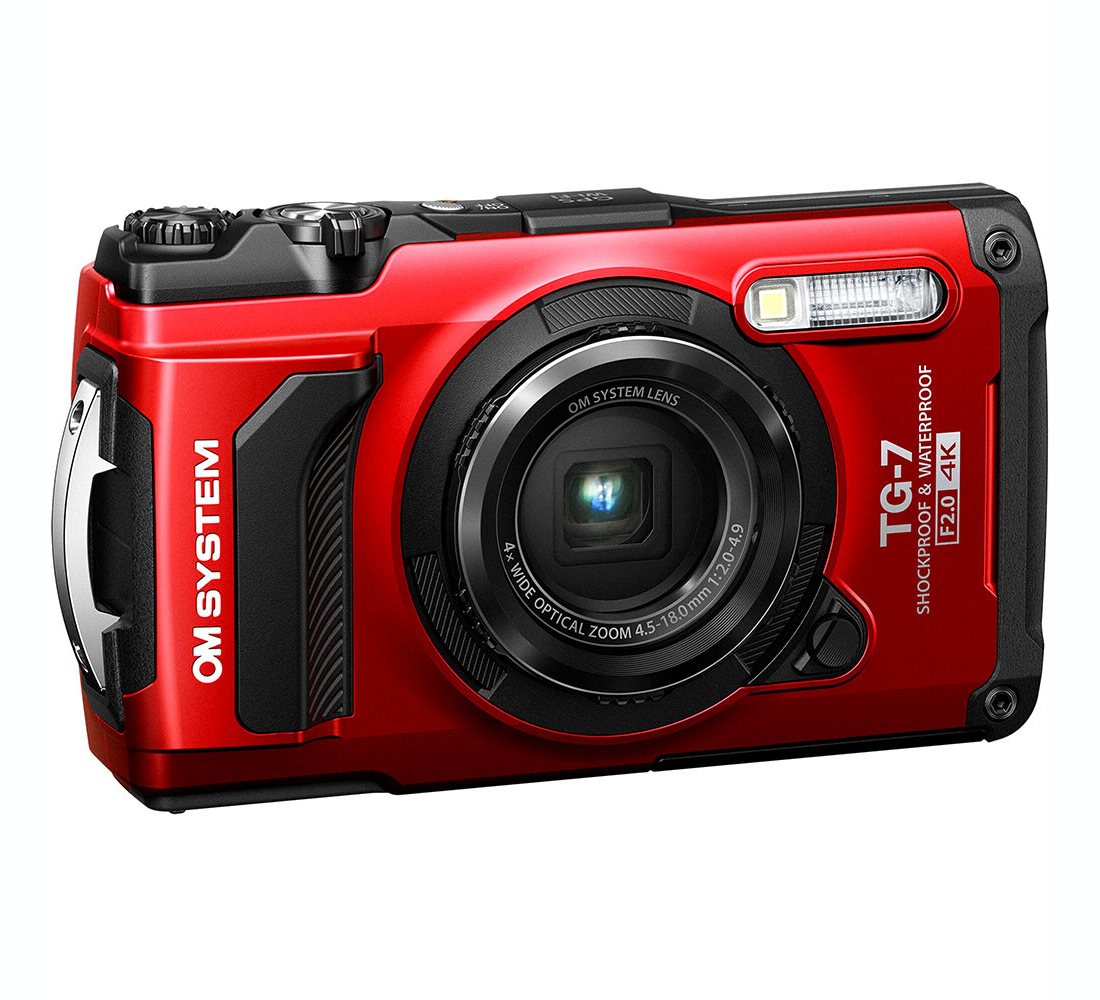 OM System TG-7 Waterproof Tough Camera - Olympus
OM System TG-7 Waterproof Tough Camera - Olympus
- Price A$ 789.00
-
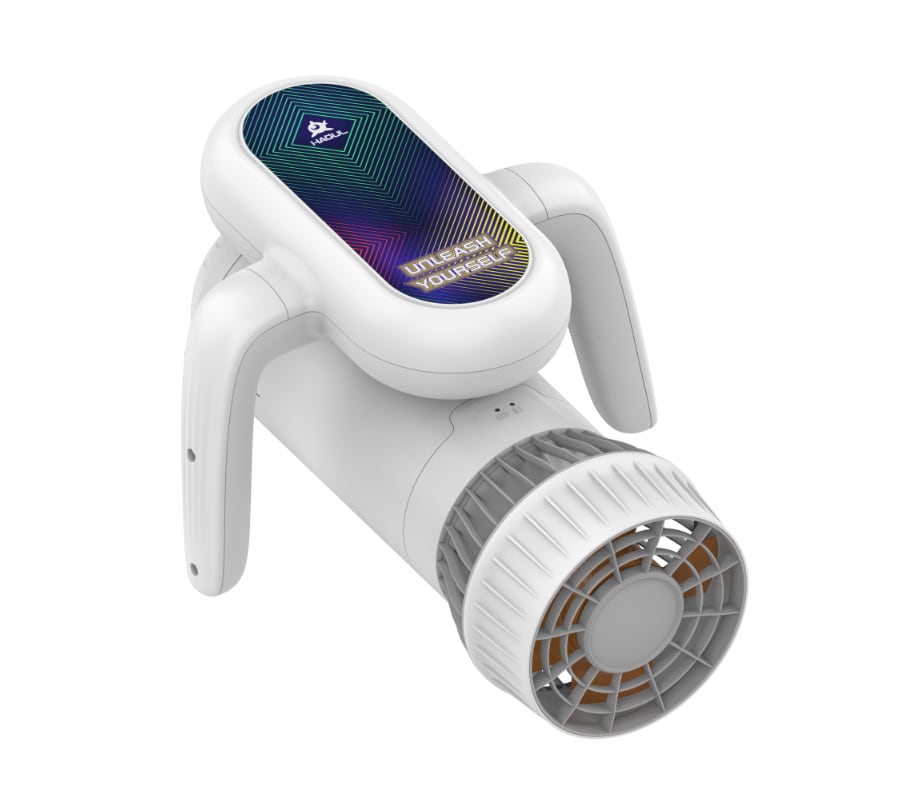 Hagul EZ Underwater Scooter - by Sublue
Hagul EZ Underwater Scooter - by Sublue
- Price A$ 599.00
In the Directory
Articles
-
 Discovering Papua New Guinea
Discovering Papua New Guinea
- While divers and surfers gave envious comments about my upcoming adventure, most other people were full of warnings about the dangers of PNG, but it had been on my list of prime diving destinations for many years.
-
 Diving Papua New Guinea - New Ireland
Diving Papua New Guinea - New Ireland
- Part two of a series of three article about diving in Papua New Guinea. Two hours flight north-east of Port Moresby, with a 10-minute stop in West New Britain near the site of PNG’s last volcanic eruption, lies Kavieng, the capital of New Ireland province.
-
 Diving Papua New Guinea - Milne Bay
Diving Papua New Guinea - Milne Bay
- It is one of the few places left in the world where a diver can see macro critters, pelagics, and big stuff, as well as fantastic soft and hard corals. The often misused and abused adjective “pristine” is actually appropriate here, due to low fishing pressure in the area in comparison to other areas of the Coral Triangle, no dynamite fishing, and thanks to a system implemented by dive resorts whereby local reef "owners" receiving a small fee for every diver that visits "their" reef. As a result elders make sure that the reefs are not fished.








